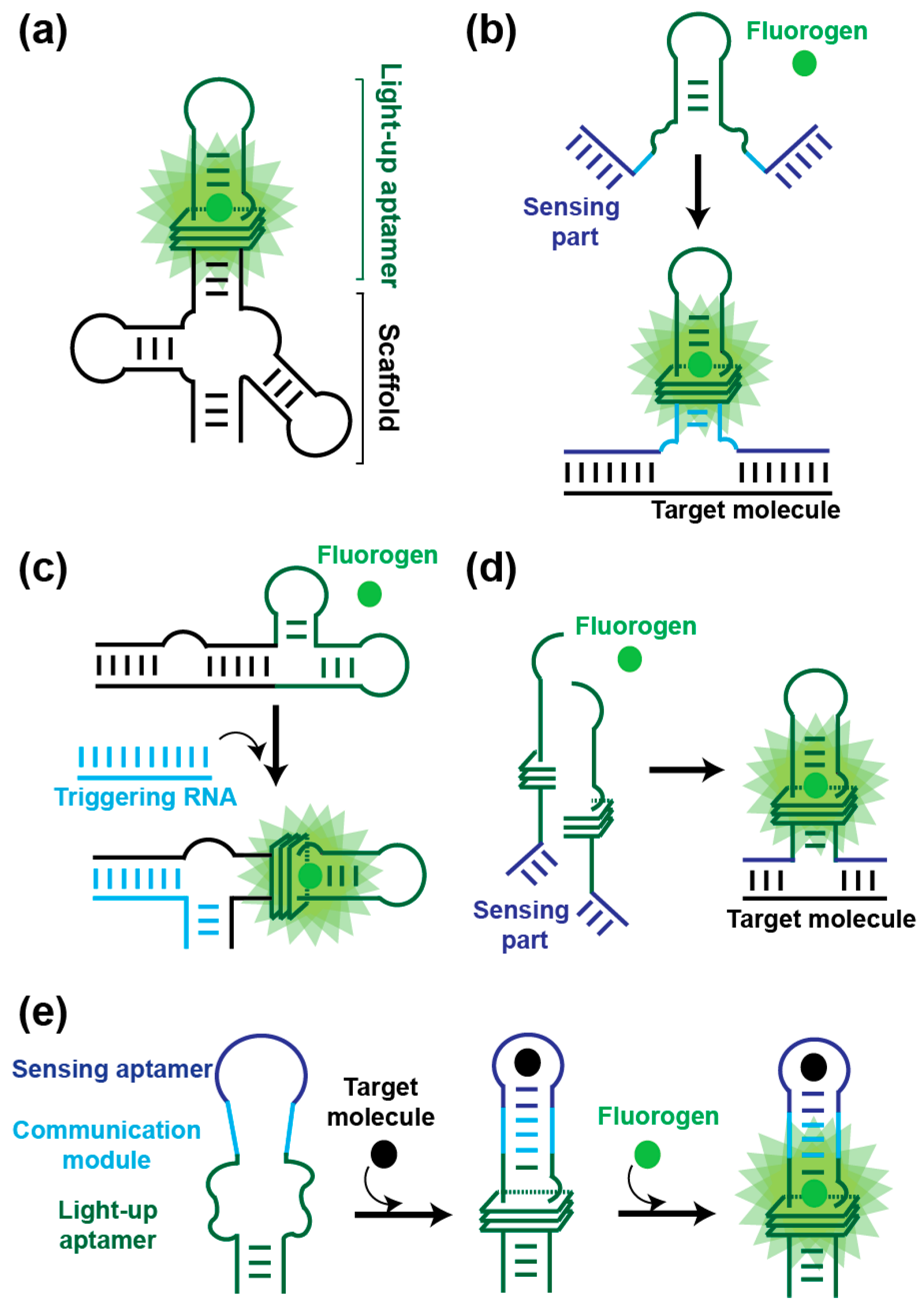Our Project
RAPID (RNA Aptamer Probe for Influenza Detector)
Transmissible diseases such as influenza A have been a life-threatening issue that could take away lives of millions of people (1). In Hong Kong, influenza A has the potential to be spread quickly and widely in poultry flocks and sometimes transmits to human, which often causes severe pandemic, causing the illness and deaths of many. Standard testing methods include quantitative polymerase chain reaction (qPCR) (2). Toehold switch as a relatively new tool has arised in the past years for efficient detection of the pathogens. It is an RNA probe complementary to the target RNA with high specificity that releases ribosome binding site (3). This leads to the binding of ribosomes and thus translation of its downstream reporter gene.
The tool allows high-throughput screening and paper-based detection method that greatly shortens limitations in terms of time and space, provide a preliminary tool for pandemic control (4). This technique is however yet to be commercialized. Past toehold switch designs utilized fluorescent proteins and hydrolases (e.g. lacZ) as reporters to balance between detection accuracy and sensitivity (3) (4) (5). These designs however fall short in terms of requirements and cost, such as but not limited to specific spectral requirements of fluorescence detection, high costs of enzyme substrates and waiting time that could be as long as 4 hours (4). Our team aims to develop several strategies to alleviate these issues of the original design.
We anticipate to compare the visibility and velocities of reporters in giving positive signals, in order to choose and quantify the most important variables in developing a toehold reporter. Subsequently, we will test the applicability of candidate reporters that fit these criteria. Moreover, we will develop a novel reporter by integrating the concept of light-up RNA aptamer, a RNA with secondary structures that binds to a specific substrate and change its spectral properties (6). Finally, we will develop programs that can assist in design, promotion, and on-site usage of these toehold reporters for any simple device to be developed. These results could be adopted to commercialization of detection kits for uses such as subtyping of influenza virus.


References
- Global Influenza Programme [Internet]. World Health Organization. 2017 [cited 31 May 2018]. Available from: http://www.who.int/influenza/en/
- Patel P, Graser E, Robst S, Hillert R, Meye A, Hillebrand T, Niedrig M. rapidSTRIPE H1N1 test for detection of the pandemic swine origin influenza A (H1N1) virus. J Clin Microbiol. 2011 Apr;49(4):1591-3.
- Green AA, Silver PA, Collins JJ, Yin P. Toehold switches: de-novo-designed regulators of gene expression. Cell. 2014 Nov 6;159(4):925-39.
- Pardee K et. al. Rapid, Low-Cost Detection of Zika Virus Using Programmable Biomolecular Components. Cell. 2016 May 19;165(5):1255-66.
- Team Hong_Kong-CUHK [Internet]. iGEM. 2017 [cited 31 May 2018]. Available from: https://2017.igem.org/Team:Hong_Kong-CUHK
- Bouhedda F, Autour A, Ryckelynck M. Light-up RNA aptamers and their cognate fluorogens: From their development to their applications. Int J Mol Sci. 2018;19(1):44.





